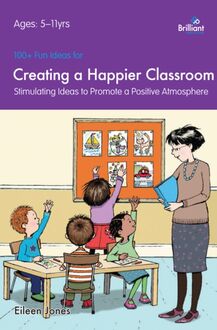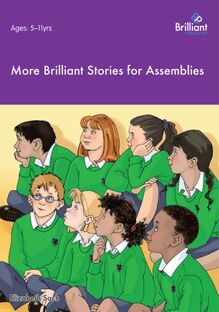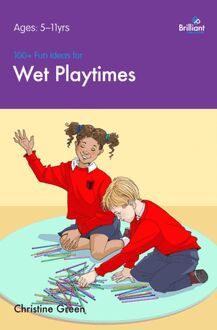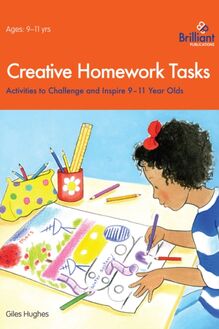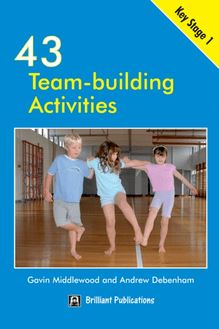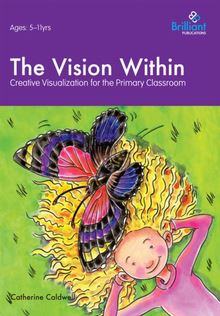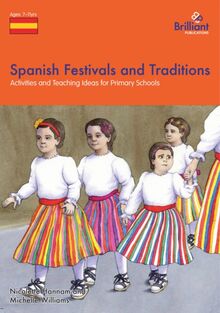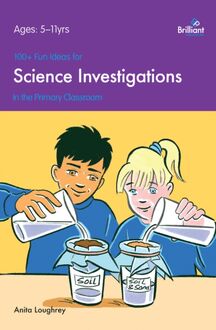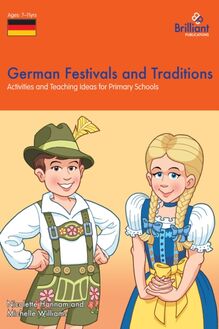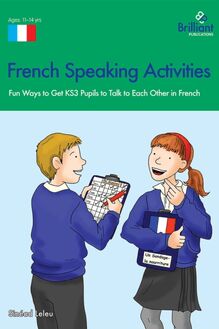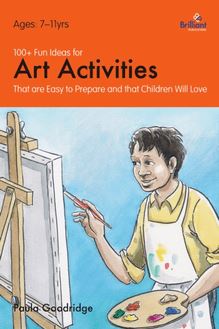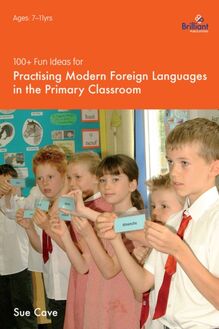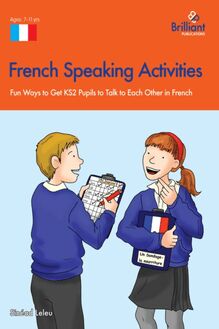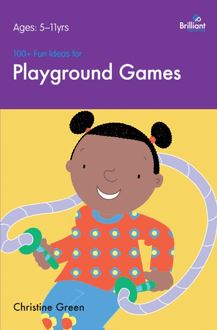-
 Univers
Univers
-
 Ebooks
Ebooks
-
 Livres audio
Livres audio
-
 Presse
Presse
-
 Podcasts
Podcasts
-
 BD
BD
-
 Documents
Documents
-
- Cours
- Révisions
- Ressources pédagogiques
- Sciences de l’éducation
- Manuels scolaires
- Langues
- Travaux de classe
- Annales de BEP
- Etudes supérieures
- Maternelle et primaire
- Fiches de lecture
- Orientation scolaire
- Méthodologie
- Corrigés de devoir
- Annales d’examens et concours
- Annales du bac
- Annales du brevet
- Rapports de stage
La lecture à portée de main
Vous pourrez modifier la taille du texte de cet ouvrage
Découvre YouScribe en t'inscrivant gratuitement
Je m'inscrisDécouvre YouScribe en t'inscrivant gratuitement
Je m'inscrisEn savoir plus
Vous pourrez modifier la taille du texte de cet ouvrage
En savoir plus

Description
Informations
| Publié par | Andrews UK |
| Date de parution | 03 mai 2012 |
| Nombre de lectures | 0 |
| EAN13 | 9780857475381 |
| Langue | English |
| Poids de l'ouvrage | 1 Mo |
Informations légales : prix de location à la page 0,0524€. Cette information est donnée uniquement à titre indicatif conformément à la législation en vigueur.
Extrait
Title Page
100+ Fun Ideas for Wet Playtimes
Activities that are easy to prepare and that children will love
Christine Green
Copyright Page
Published by Brilliant Publications
Unit 10, Sparrow Hall Farm
Edlesborough, Dunstable
Bedfordshire, LU6 2ES, UK
www.brilliantpublications.co.uk
E-mail: brilliant@bebc.co.uk
Digital edition converted and distributed in 2012 by
Andrews UK Limited
www.andrewsuk.com
The name Brilliant Publications and the logo are registered trademarks.
Written by Christine Green Illustrated by Catherine Ward
© Text Christine Green 2009
© Design Brilliant Publications 2009
First printed and published in the UK in 2009
The right of Christine Green to be identified as the author of this work has been asserted by herself in accordance with the Copyright, Designs and Patents Act 1988.
All rights reserved. No part of this publication may be reproduced, stored in a retrieval system or transmitted in any form or by any means, electrical, mechanical, photocopying, recording or otherwise, without the prior written permission of the publisher.
Introduction
This book was written with both teacher (or lunchtime supervisor) and pupil in mind; to educate, entertain and also provide useful ways to keep pupils amused when those inevitable wet playtime breaks occur – when everyone has to remain indoors and fifteen minutes can seem like a lifetime to children, and an eternity to the teacher.
Undoubtedly, play is central to a growing child’s development and has a fundamental role in their lives. It teaches them: About their world and the things in it To integrate with their peers To accept failure as well as success Other ways of expressing their feelings and emotions Through play, children learn that they can be whatever they want to be.
This book will demonstrate to teachers, and those involved in educating young children, that education can, and should, have an element of fun integrated into it, even during those wet break times.
Most of the following games can easily be adapted to suit the age of the children in question. The main thing to remember while doing these activities is that the object is to have fun!
We have used the word ‘teacher’ to refer to the adult organizing the activity. They could be done by teaching assistants, lunchtime supervisors, after-school leaders, scout leaders or anyone else working with groups of children.
Most of the games can easily be adapted for use throughout the day. You don’t need to wait for a rainy day to use them!
Pen and paper games
Word games create a host of opportunities for considered thinking and enhancing a child’s oral communication. They can encourage a child’s interest in both the spoken and written word, which in turn will help develop their ability to use words more confidently in their everyday life. There are clear links to literacy work. For example, Dictionary race (Activity 8), will help to develop dictionary skills and Take a letter (Activity 25) will help to develop listening and writing skills.
Drawing can also develop descriptive and communicative skills. In Ruler of the country (Activity 15), the children have to design a flag and Blindfold drawing (Activity 16) will help to develop spacial skills.
1. Name game The teacher thinks of a word (eg, gate) which each child writes across the top of their paper in large well-spaced letters. Down the side of the paper they write four or five categories, eg countries, girls’ names, boys’ names and a fruit. Each child must then write down as many words relating to those categories beginning with the different letters within a time of three minutes. One point is awarded for every word and two points if no-one else has thought of it. An example:
G
A
T
E
Countries
Greece
Austria
Thailand
Egypt
Girls’ names
Grace
Alice
Toni
Elizabeth
Boys’ names
Graham
Alan
Thomas
Edward
Fruit
Grape
Apple
Tomato
Eggfruit
2. Hangman A game played between two children or as a class to help improve their spelling. Player one chooses a familiar word/phrase and each letter of the word/phrase is represented by a dash, and written down on the paper. If there are several words (ie, television set) then a forward slash(/) should be inserted in between the words. Underneath the ‘mystery word’ player one draws a gallows (see the diagram) but the body (hangman) is only drawn when the game begins. There are several ways to play Hangman but this is the most traditional and easiest method for young children to follow. Player two must try to guess the identity of the word/phrases and in order to do this can say one letter at a time. If that letter has been used in any word then, wherever it appears, player one must write the letter on top of the dash. However, if the letter does not appear in any of the word(s) one body part can be added to the gallows. To begin with 1) head attached to the short downward line then 2) eyes 3) ears 4) nose 5) mouth 6) hair 7) body 8) legs and 9) arms. If at any time player two thinks they can identify the word(s) they can take a guess. If the drawing is completed before the word(s) are guessed then player one wins the game. Tip – when younger children are playing it is often a good idea to write the alphabet across the top of the page and cross out each letter as it is called.
3. Mixed-up stories Give each pupil a piece of paper. Ask pupils to write the first few lines of a story. They then should fold the paper over, so that only the last line of their writing is showing. Each pupil then hands the paper to another child, who then has to write the next bit of the story. When they have finished, they fold up the paper so that only their last line is showing, and the paper passes on to yet another child. Pass each paper to four or five children. The last pupil should try to write the ending to the story. Then open the stories up and have fun reading them!
4. Mystery person One child is chosen to come to the front of the classroom. That person must then secretly choose another class member but only whisper the identity to the teacher. They then have three minutes in which to relate as much physical information as they can about their mystery person to the rest of the class – are they tall or short, hair colour, type of shoes they wear; in fact anything except revealing their name. Using the description given the children have five minutes to draw a picture of the person that has been described on their paper. The fun begins when each pupil has to stand up and show the class their own picture of how they perceive the mystery person to look. At this point the player can reveal the true identity and the winner is decided by the teacher (the closest likeness). Tips – to make it more fun, the chosen mystery person could be someone else in the school who the children know such as the headteacher, a teaching assistant or a school secretary.
5. Anagram fun Decide on a topic, some ideas are: toys, drinks, food, animals. Write it down on the whiteboard. Underneath note down ten anagrams of certain objects found within that category. For example, the chosen topic may be fruit. Write down ten different fruits in anagram form on the whiteboard. For instance, reap (pear), cheap (peach), no gear (orange), peal P (apple). The children are then given five minutes to unscramble as many words as they can and write them down on their paper. One point is awarded for every correct word and the winner(s) are those who have successfully unscrambled the most. Tip – for older children make up anagrammed sentences whereby the sets of words are given on a piece of paper and the students then have to build them into a significant sentence within a space of time.
6. Ready steady go The children have to write down as much information as they can about themselves, including the colour of hair/eyes, any brothers/sister/pets. After five minutes the children exchange their paper with a classmate who then has to read out whatever information is written down to the rest of the class and then count up the number of words used. The winner is the person who has written the most words.
7. Word hunt The teacher writes a word containing at least ten letters on the whiteboard. Each child has five minutes to write down as many different words as they can only using the letters in the word once. For example, the chosen word may be ‘celebration’. The children then have to think up as many words as they can out of the letters within that word, such as tin, rate, tribe. At the end of the time each child has to read out their list. One point is awarded for every word, two points if no-one else has thought of it. Rules – all words must contain thr
-
 Univers
Univers
-
 Ebooks
Ebooks
-
 Livres audio
Livres audio
-
 Presse
Presse
-
 Podcasts
Podcasts
-
 BD
BD
-
 Documents
Documents
-
Jeunesse
-
Littérature
-
Ressources professionnelles
-
Santé et bien-être
-
Savoirs
-
Education
-
Loisirs et hobbies
-
Art, musique et cinéma
-
Actualité et débat de société
-
Jeunesse
-
Littérature
-
Ressources professionnelles
-
Santé et bien-être
-
Savoirs
-
Education
-
Loisirs et hobbies
-
Art, musique et cinéma
-
Actualité et débat de société
-
Actualités
-
Lifestyle
-
Presse jeunesse
-
Presse professionnelle
-
Pratique
-
Presse sportive
-
Presse internationale
-
Culture & Médias
-
Action et Aventures
-
Science-fiction et Fantasy
-
Société
-
Jeunesse
-
Littérature
-
Ressources professionnelles
-
Santé et bien-être
-
Savoirs
-
Education
-
Loisirs et hobbies
-
Art, musique et cinéma
-
Actualité et débat de société
- Cours
- Révisions
- Ressources pédagogiques
- Sciences de l’éducation
- Manuels scolaires
- Langues
- Travaux de classe
- Annales de BEP
- Etudes supérieures
- Maternelle et primaire
- Fiches de lecture
- Orientation scolaire
- Méthodologie
- Corrigés de devoir
- Annales d’examens et concours
- Annales du bac
- Annales du brevet
- Rapports de stage
